Samsung JS9000 review: is this curve already a classic?
We put Samsung’s curved 4K beauty through its paces

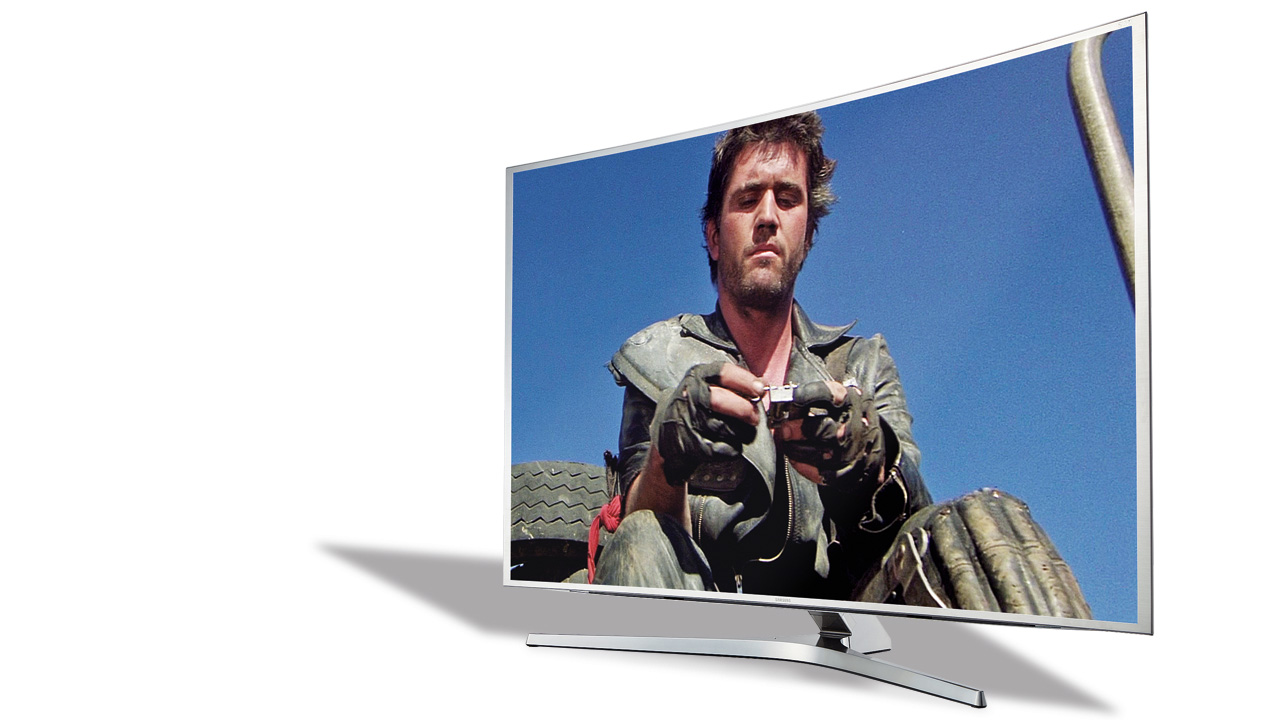
-
+
Clear sound
-
+
Lush picture
-
+
Amazing design
-
-
Lots of settings
-
-
SD looks poor
-
-
Sluggish interface
Why you can trust T3
Straight out of the box, the 55-inch JS9000 is highly impressive. It's light enough for a single human to lift without help, and stylish enough to reassure you that the three grand you just dropped was money well spent.
Price £3,099
Resolution 3840 x 2160
Screen LCD with quantum dots
Size 55-inch (also comes in 48-inch and 65-inch)
Smart TV platform Tizen
Connectivity Wi-Fi, four USB, four HDMI Tuners Aerial, satellite, cable
You'll be pleased to hear that setting it up doesn't take long. Firstyou screw the stand together, then you attach the TV, and that's it. There are only two connections on the TV itself: one is for power and the otheris a weird proprietary thing that connects to a circuitry device called the One Connect Box. Having an external box is necessary becausethe TV is thin and curved, and adding sockets would spoil that somewhat.
We've seen these external boxes before, so this one comes as no great surprise, but you will need to find a home for it. The cable isn't very long, so you can't position it far away from the TV either. There are four HDMI sockets, a trio of USBs – includinga USB 3.0 port – and dedicated inputs for cable, satellite and aerial feeds.
We tested the TV with a satellite feed, and this is where Samsung sets itself apart from LG. The JS9000 does a much better job of tuning in the Freesat channels, and places them in roughly the right order. It did make some mistakes along the way, but LG's WebOS platform makes a right mess of the whole thing.
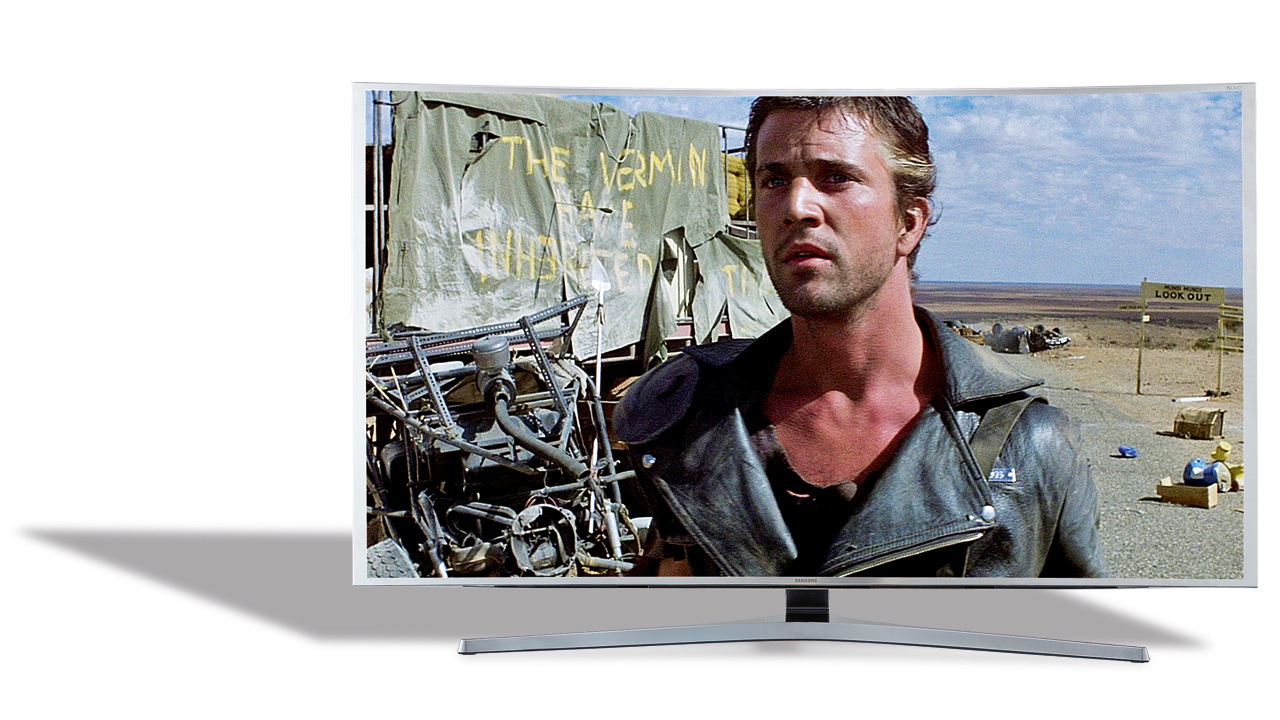
The quantum leap
Not only is the JS9000 Ultra HD- ready, it includes tech that Samsung calls 'SUHD'. This uses nanoparticles, sometimes called quantum dots,to produce an image characterisedby deep, rich colour and dark blacks. These nanoparticles glow with a specific colour, and that colour is defined by the size of the dots. The process? Samsung takes a sheet covered with these dots and placesit between the blue LED backlightof the TV and the LCD panel. This creates a pure white backlight that gives you much more brightness and purity than white LEDs are capableof. It's an exciting advance in LCDTV technology because it bringsthem closer to replicating whatmakes OLEDs so amazing – those massively bright colours that seemto explode from the screen, coupled with luxurious inky blacks.
Samsung says that the curve also helps with contrast. That may be true, but it seemed pretty subtle to us.The curved screen neither adds nor subtracts much from the whole experience of this TV, although itdoes make it look incredibly snazzy.
The lack of great UHD content to watch is a pain, but Samsung claims that the TV can do a good job of upscaling both standard and high-def video to UHD. Our testing showed some interesting results in this area. With standard definition, the picture looked the usual soft mess we're used to on HD screens. It seemed aboutthe same as a 1080p screen, though, so the UHD panel isn't making things worse. Samsung says it does a lot of signal detection to maximise the picture quality of upscaled material, but no amount of processing can fixa low-quality input.
Most disappointing, perhaps, were channels such as BBC HD on Freesat.The problem here is that, once again, broadcast TV signals are nowhere near as good as they should be. For example, there was a lot of noise inthe picture from compression. We don't really think TV broadcast inHD should have visible artifacts like this. The Samsung can correct formuch of this, but that has a knock-on effect on the picture sharpness.
Give the TV a decent source,such as Blu-ray or Sky HD's sports channels, though, and you'll get some amazing results. What we like about LCDs is the sharpness – especially in 4K. Using Samsung's quantum dots,the TV also gives black levels a much-needed boost, as well as taking colour to whole new levels. It's worth pointing out that extra colour is no good if it's applied in an unrealistic fashion. Fortunately, Samsung has managed to strike a good balance.
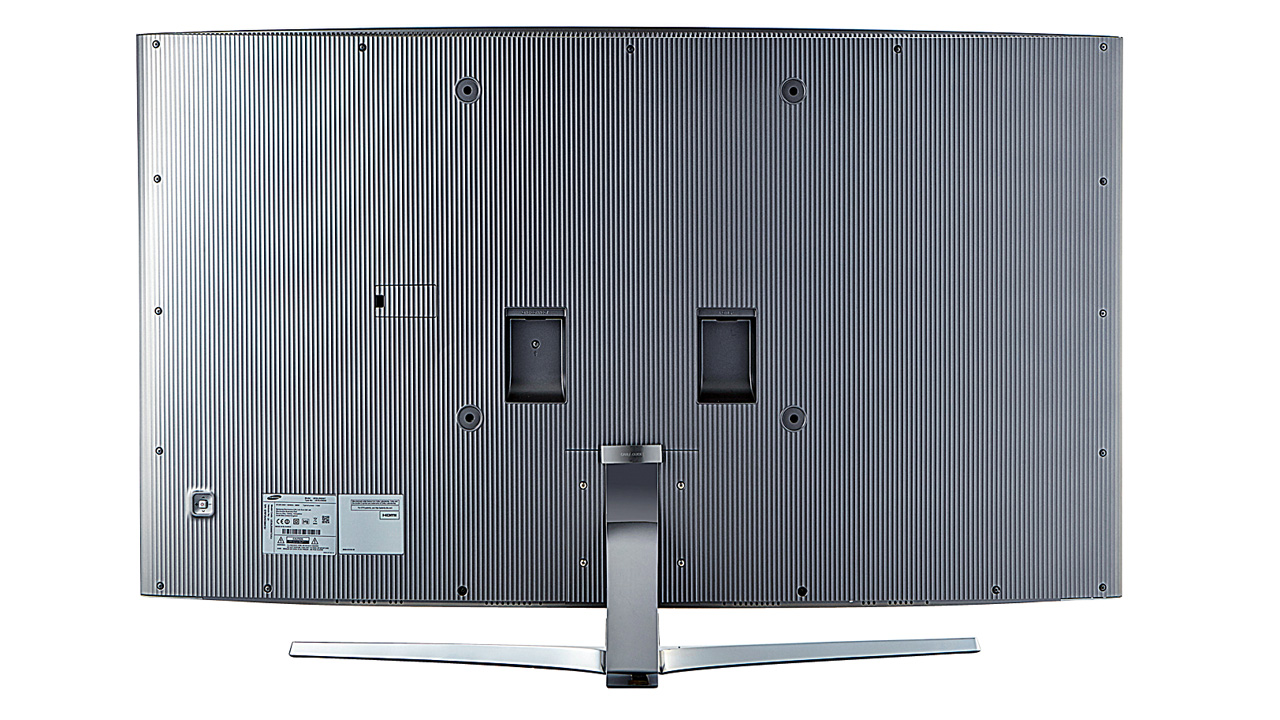
Intensely vivid
This TV is best suited to being given great material to start with. We don't have a problem with that, because at this price it's very much aimed at enthusiasts who care greatly about picture quality. While the quantum nanoparticles ensure that the TV can produce an intensely vivid picture, that's only part of the story. The other part is the signal it receives. Forquite some time, broadcasters have been recording HD on cameras that capture a lot more colour than our TVs could show. Thanks to the quantum nanoparticles, though, we can now display this extra colour information and boost the overall picture quality.
We also need to talk about HDR, which Netflix and Amazon have both announced that they'll be supporting. It will also be part of the official UHD broadcast specification, and the new Ultra HD Blu-ray format. HDR allows for detail to appear in bright areas as well as dark ones. This is importantin producing images that have a lot more on screen at any one time than was thought possible before.
Samsung's new TVs run on itsTizen operating system. Tizen was developed mainly for phones as an alternative to Google's Android.Using it here is similar to LG's use of WebOS, which was also a phone OS and used on palm devices.It's actually a pretty good system. Even so, there are times when it feelsa bit sluggish. There are a lot of button presses needed to get to certain settings, and sometimes the TV can feel a tad slow. There are lots of apps, though, and that's a real selling point.
As with a phone, apps are the cornerstone of this TV. Catch-up TV services including All 4 and BBC iPlayer sit happily alongside Netflix and Amazon Prime Video. There are also games, Skype (transformingyour TV into a 55-inch phone), and you can Tweet and use Facebook, too. Samsung has hit a home run with its apps, so much so that its ecosystem almost sells the TV on its own.
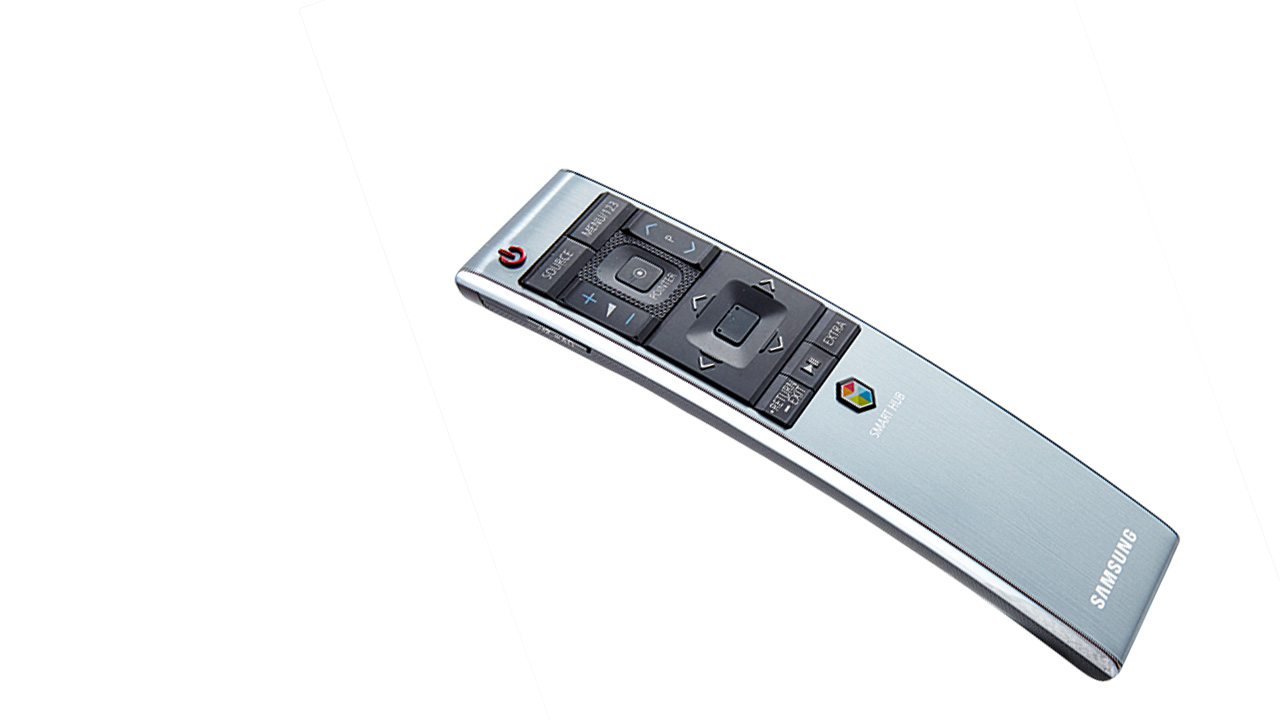
Mind-blowing quality
To be fair, this TV is amazing right now. What isn't so brilliant is the real lack of 4K video content to play on it. There are a few places you can get Ultra HD video – think Netflix, Amazon and even YouTube – but these are all highly compressed online sources, and, with the best will in the world, streamingis a poor relation to downloads and disc-based video.
The good news is that the new UHD Blu-ray format will arrive towards the end of this year. This will give you pristine quality from an upgraded Blu-ray disc with 100GB of storage space. You'll get all of the extra features this TV supports, like HDR video and wider colour reproduction. All of this together will represent the most significant change to TV in a long time. It might even be more significant than the introduction of HD.
As it stands now, the JS9000 is capable of mind-blowing quality. Watching the opening sequence of House Of Cards on Netflix is one clear example of just how breathtaking Ultra HD can really be. Even better for those with a satellite dish, tune in the Astra UHD test channel and be prepared to see why Ultra HD is such a big deal.
If you watch a lot of standard-def Freeview channels, the JS9000 willbe wasted on you. Even some HD material from Freesat lacks the punch you'd want. We should say that this isn't Samsung's fault – it's simply that some broadcasters are on a quest to reduce their transmission quality in order to save space and money.
High-def video is where the Samsung JS9000 really shines. Feed it a 1080p Blu-ray and watch as the UHD panel extracts every last fragment of detail and hurls it towards your eyes.
When given Ultra HD material, the TV becomes even more impressive. Look at Netflix or Amazon streaming video and you'll be amazed by what's possible. When the Ultra HD Blu-ray format arrives, we'll see this TV explode with so much detail, you'll think you're looking out of a window. We looked at both of these services and Amazon's 4K looked a touch crisper, but it's hard to judge as the same titles aren't on both services.
The promise of high-dynamic-range video is also amazing; the big problem here is that there's even less of this than there is UHD footage.Ultimately, its potential is perhaps greater than the increased resolution.
Sign up to the T3 newsletter for smarter living straight to your inbox
Get all the latest news, reviews, deals and buying guides on gorgeous tech, home and active products from the T3 experts
T3.com is one of the UK's leading consumer lifestyle websites and T3 magazine is its print counterpart. You can follow us on Twitter, Facebook and Instagram.
We present products in helpful buying guides and carefully curated deals posts across style, living, auto, smart home, watches, travel, fitness and more. We're delighted that 38,000 people buy a copy of T3 magazine every month.
-
 Coleman takes on YETI with lighter, tougher and cheaper Pro Cooler range
Coleman takes on YETI with lighter, tougher and cheaper Pro Cooler rangeMove over, YETI – there’s a new cooler in town, and it's not here to play nice
By Matt Kollat Published
-
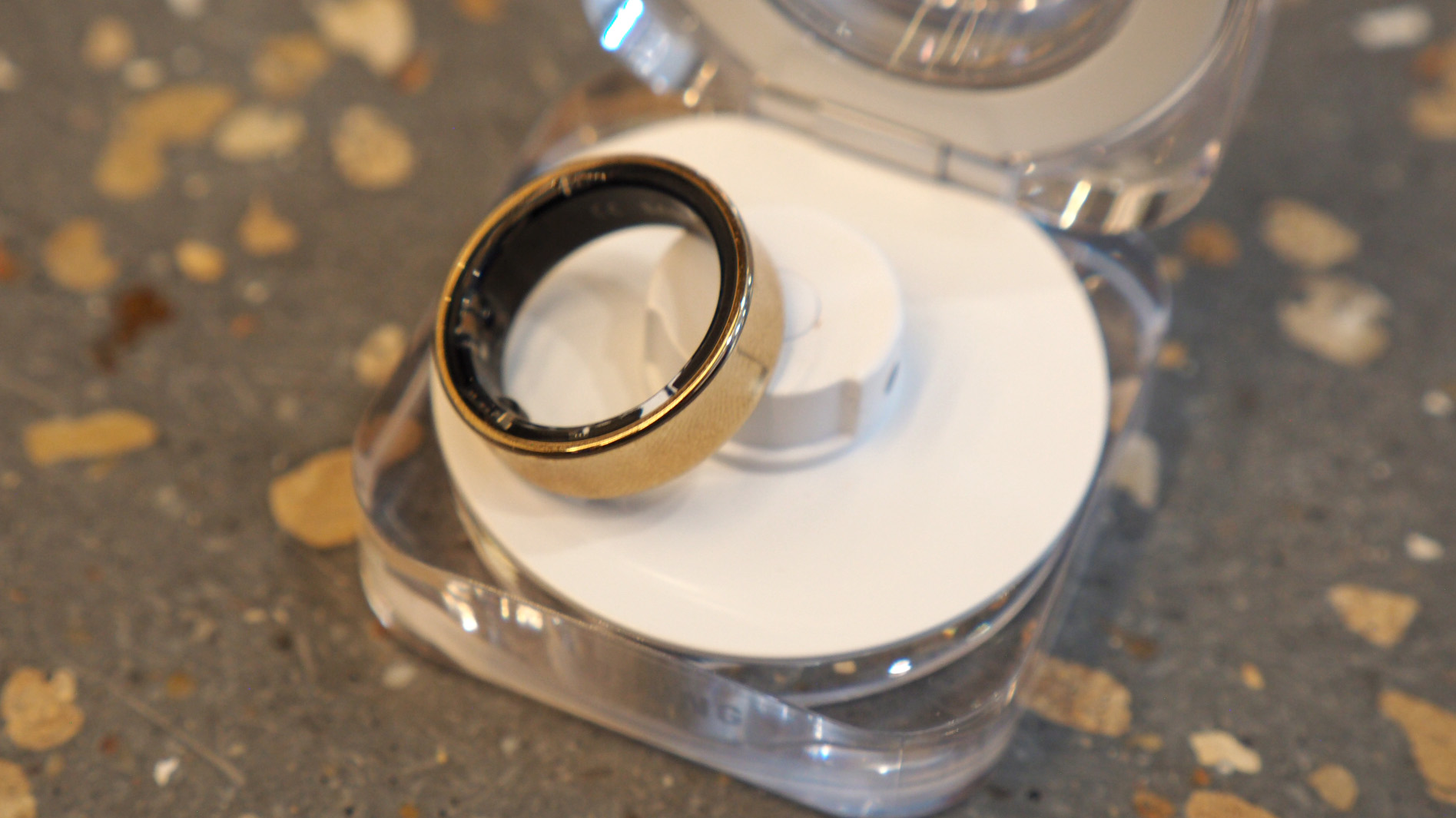 In the future, you might never have to take off your Galaxy Ring to charge it
In the future, you might never have to take off your Galaxy Ring to charge itA newly uncovered patent reveals Samsung is working on a wearable charger for its Galaxy Ring, and it makes a lot of sense
By Matt Kollat Published
-
 Google just added a new Gemini video creation tool I never knew I needed
Google just added a new Gemini video creation tool I never knew I neededGemini Advanced just added Veo 2 video generation
By Mike Lowe Published